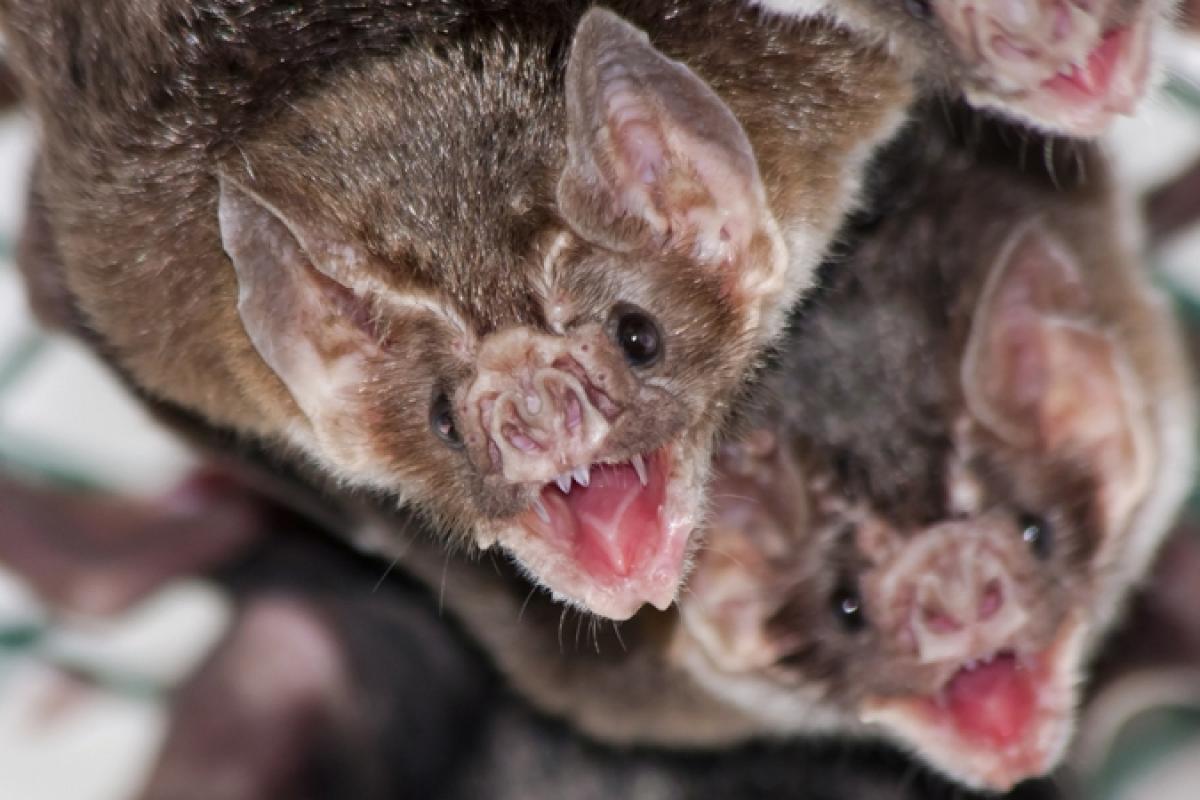When most people think of vampires, they picture a scary, solitary, blood-sucking monster from a horror movie. They don't think of a model of sharing and selfless behavior.
So it may come as a surprise to learn that vamppire bats, small bats native to Central and South America, are one of the most well-known examples of sharing the animal kingdom.
Female vampire bats live in close-knit groups of four to twelve individuals. Vampire bats feed exclusively on the blood of other animals. Each night, they leave their communal roost in search of a blood meal.
Despite their high-protein diet, vampire bats are unusually susceptible to starvation. They can starve to death after only two nights without food, so the stakes are high for unlucky hunters.
But group membership has its privileges. Bats that fail to find a blood meal will return to the roost and beg from the other members of the group. Bats that had a more successful night will share with a hungry roost-mate by regurgitating a portion of their dinner, despite an increased risk of starvation if their own luck runs dry the next night.
By being generous one night the sharer can expect similar favors in the future if it comes home with an empty stomach. "Cheaters," or bats that refuse to share with their hungry neighbors, may be remembered and suffer the consequences of their selfishness. Bats are most likely to share with individuals that have lent them favors in the past.
Vampire bats are one of the few animals known to exhibit this kind of sharing, or altruism, in which an individual helps another even if there is no obvious immediate benefit to themselves. Maybe vampires aren't so scary after all.










